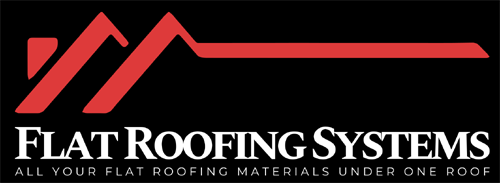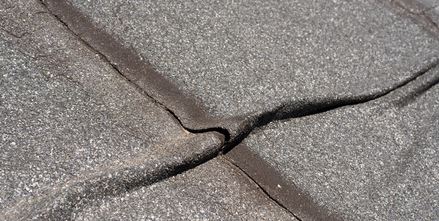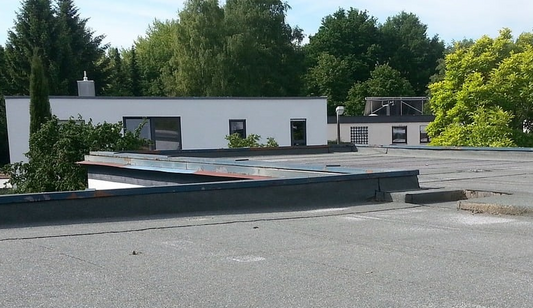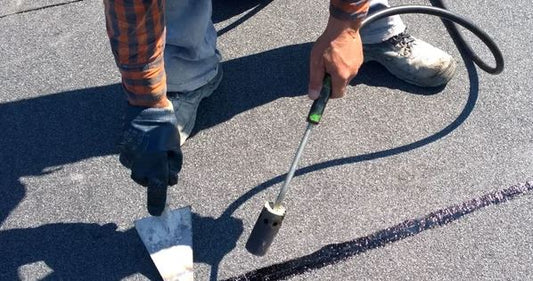Condensation on metal roof sheets can lead to a host of problems, including structural damage, mould growth, and corrosion. To maintain the longevity and integrity of your roof, it's crucial to take proactive steps to reduce condensation. In this blog, we will explore ten effective strategies to minimize condensation and create a healthier and more durable environment under your metal roof.

Proper Ventilation
One of the most crucial factors in preventing condensation is adequate ventilation. Ensure there is enough airflow in your roof space to allow moist air to escape. Ridge vents, soffit vents, and turbine vents are excellent options for facilitating ventilation. Proper ventilation helps regulate temperature and humidity levels, reducing the likelihood of condensation forming on the metal sheets.
Use Vapor Barriers
Vapor barriers act as a barrier between the warm, moist air inside the building and the cold exterior metal sheets. Installing vapor barriers on the warm side of the insulation helps prevent moisture from reaching the metal surface and condensing. This simple measure can significantly reduce condensation-related issues.
Insulate Your Roof
Proper insulation not only improves energy efficiency but also helps control condensation. Insulation helps maintain a consistent temperature on the interior surface of the metal sheets, minimizing the contrast between warm and cold surfaces. It reduces the potential for condensation to form when warm, moist air meets the cooler metal roof.
Seal Joints and Gaps
Ensure that all joints, gaps, and seams in the roofing system are adequately sealed to prevent warm, moist air from infiltrating and reaching the metal sheets. Use appropriate sealants compatible with metal surfaces to create a tight, water-resistant seal.
Manage Internal Moisture
Controlling internal moisture sources is essential in reducing condensation. Ensure that areas with high humidity, such as kitchens, bathrooms, and laundry rooms, have proper ventilation systems in place. Limit the use of humidifiers, and if necessary, use dehumidifiers to maintain indoor humidity at an optimal level.
Keep Gutters and Drains Clear
Clogged gutters and drains can lead to water accumulation on the roof, creating conditions conducive to condensation. Regularly inspect and clean gutters and drainage systems to ensure proper water flow and prevent excess moisture build-up.
Use Anti-Condensation Roofing Products
Consider using anti-condensation/Drip Stop roofing sheets products, such as condensation control membrane or insulation with an anti-condensation coating. These specialized products are designed to minimize condensation by absorbing and dissipating moisture.
Schedule Regular Roof Inspections
Regular roof inspections help identify and address potential issues that could contribute to condensation. A professional roofing inspection can detect leaks, damaged insulation, or other problems that may need attention to prevent or mitigate condensation-related problems.
Ensure Proper Air Circulation
Encourage air circulation within the building by avoiding the obstruction of vents and ensuring that interior spaces have adequate airflow. Proper air circulation helps dissipate moisture and prevents stagnant, humid conditions.
Monitor Humidity Levels
Use a hygrometer to monitor indoor humidity levels regularly. Ideally, the indoor humidity should be maintained at around 40-50% to minimize the risk of condensation. Adjust ventilation and moisture management strategies accordingly based on humidity readings.
Conclusion
By implementing these ten effective strategies, you can significantly reduce condensation on metal roof sheets, ensuring a dry, durable, and long-lasting roofing solution. Adequate ventilation, proper insulation, sealing gaps, and managing internal moisture are key elements in preventing condensation-related problems. Regular maintenance and monitoring play crucial roles in identifying and addressing potential issues before they escalate. Remember, a well-maintained metal roof will not only stand the test of time but also provide a comfortable and condensation-free environment for your property




